You stand here today because women and men have withstood cold, war, disasters, and famine. People who stayed when the sea rose and transformed Denmark into an archipelago. People who hunted, cleared forests, traded, and traveled thousands of perilous kilometers.
The exhibition “The Prehistory of Denmark” takes you through 15,000 years of history. It presents tangible evidence of the choices our ancestors made. Choices that have shaped our lives today.
Ground floor - Room 0-22
The traces of the first humans in Denmark are not only bloody. They are also inspiring. For they bear witness to people who were in search of something better.
Traces of the first humans in Denmark
1.
With new weapons came new prey
The hunters crept through the dense forest with their dogs. They couldn't afford to miss a track, as the hunt for the next meal was in full swing. Eyes scanned for broken branches, and fingers remembered the temperature of droppings in the damp moss. 9,000 years ago, the bow and the domesticated dog helped to shift the power balance between animals and humans. Now, a small hunter could take down the forest giants - moose, bears, even the mighty aurochs, from a distance, and the dog could track down the prey. A precise shot and a good hunting dog provided food for weeks.
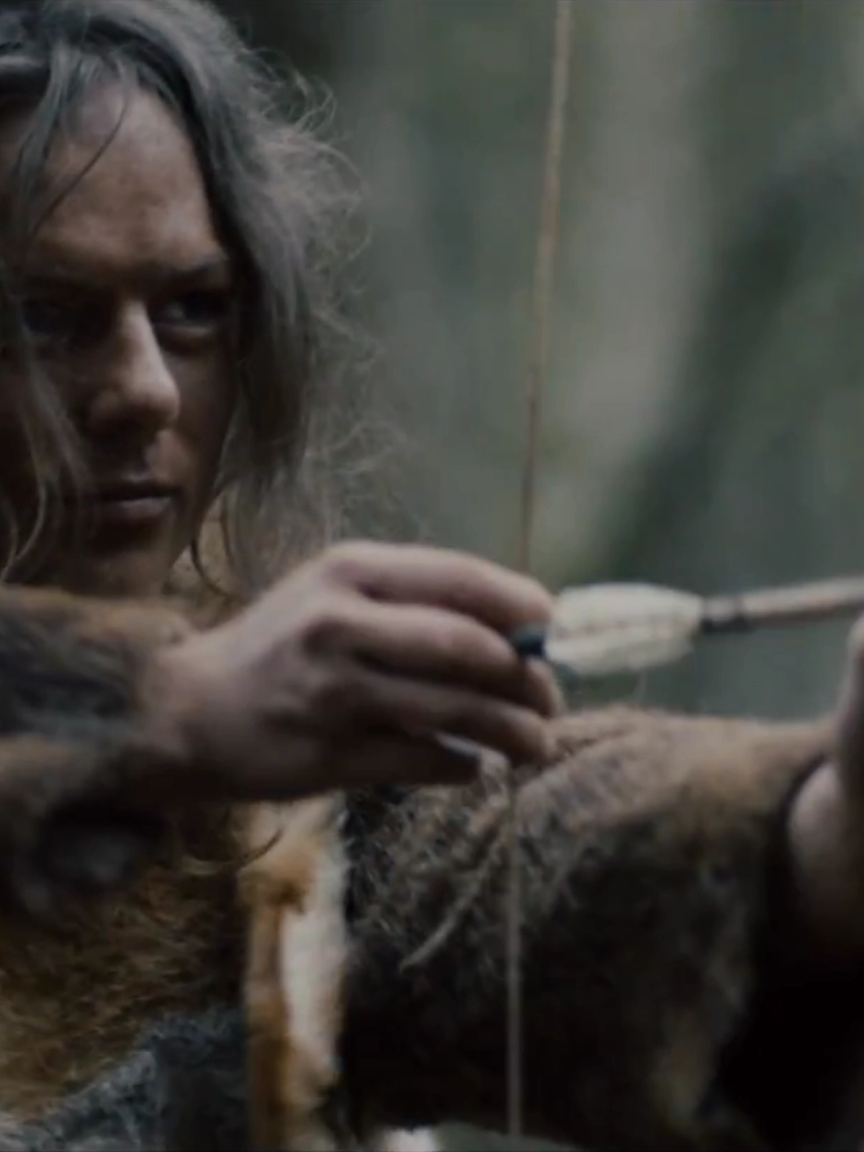
2.
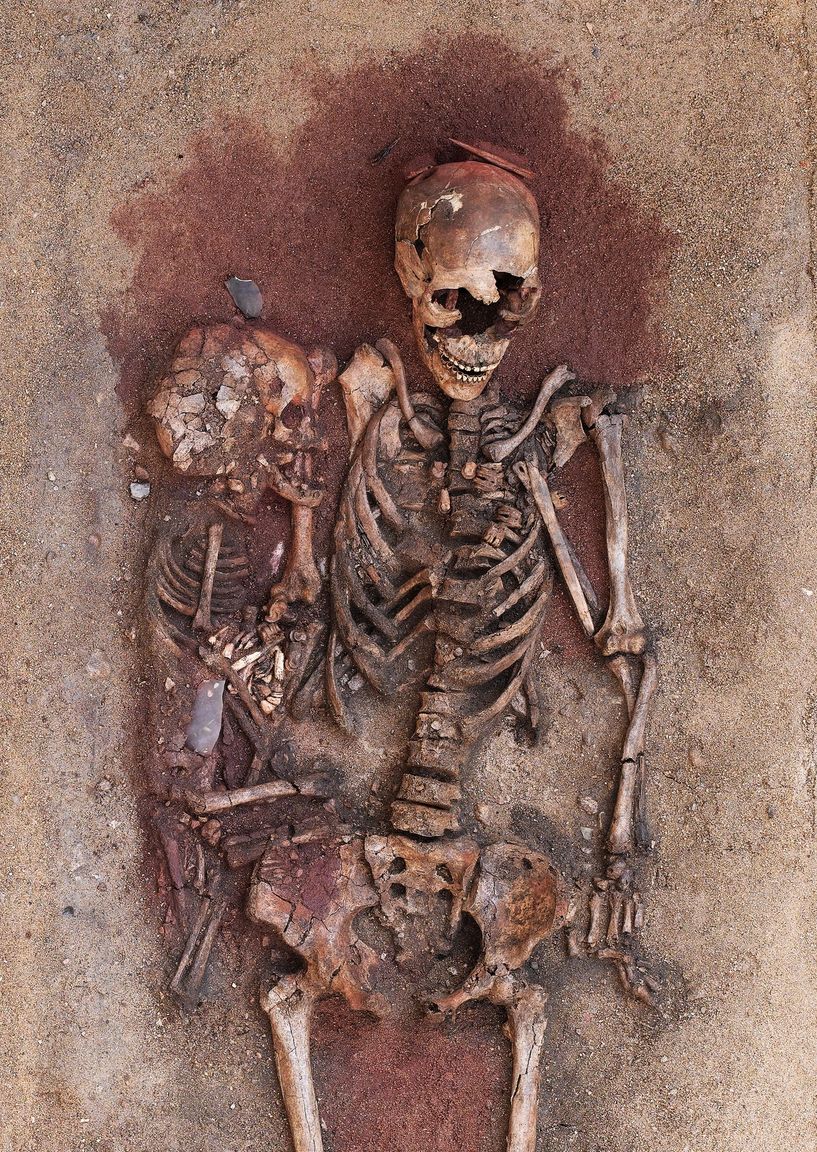
A life of plenty and a legacy beyond 7000 years ago
The eel thrashed. Again, the woman pulled up a filled fish trap into the boat. By the fjord, she and her tribe could eat their fill. They caught fish, fished for eels, gathered mussels, harpooned porpoises and seals, and collected wild apples, raspberries, and hazelnuts.
The woman and the rest of the tribe have lived well for long periods. This prosperity was not only to be enjoyed in this life but also in the afterlife. When the woman died at about 40 years old, her tribe sent her off well with jewelry and gifts, and scattered red ochre around her. She was buried together with a little boy of three years.

3.
Seeds of conflict were sown amongst the first farmers
The axe cleaved into the trunk. As another tree fell, the farmer wiped the sweat from his brow and surveyed his future field. But the peace was abruptly shattered. A group of warriors sprang from the edge of the forest, overpowered him and one of them shot an arrow at close range, directly into his head.
5,500 years ago, farmers did more than just plow fields, they also fought to protect their vital land. This was true for many, and perhaps also for the man we today know as the Porsmose man.
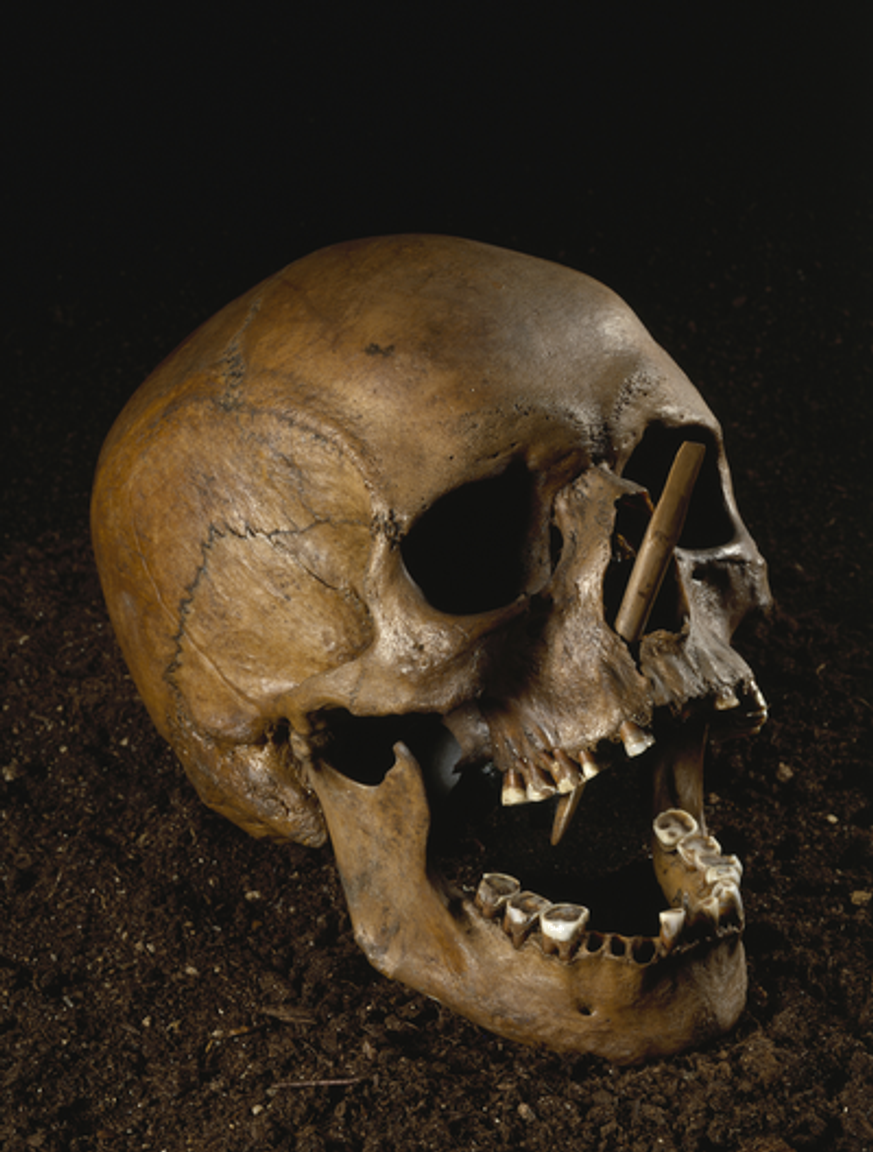
4.
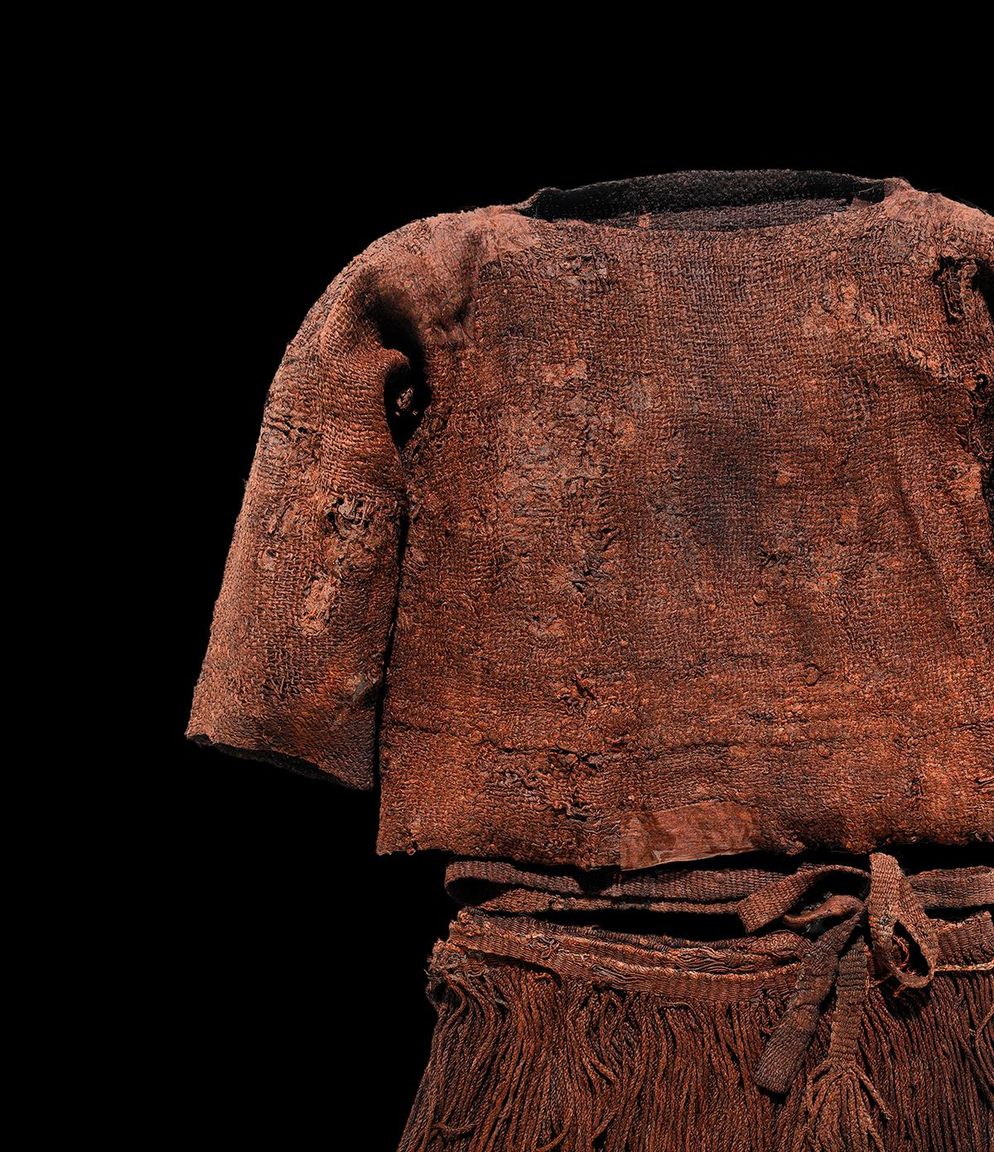
Trade and traditions tied people together
The young girl lay still and cold on a small bed. She had traveled all the way from Southern Germany to Jutland. The jewels on her skirt could sparkle in the sun, so perhaps she was meant to dance for the solstice. We do not know if she made it, but we do know that summer 3,395 years ago was her last. The girl died shortly after she arrived at Egtved.
Today, the Egtved girl is gone. Only her hair and clothes have been preserved. Yet, she tells us quite a bit about the Bronze Age people. They were well-traveled and skilled traders. The amber of the North was coveted far to the south, and new connections were opened.

5.
A well-dressed woman and a well-preserved mystery
The woman in the bog has attracted attention. She was stylishly dressed in soft, beautifully woven woolen clothes: a plaid skirt in shades of blue and green and a scarf in yellow and red colors. Her woolen clothes and leather capes were made with great care by skilled hands. Today, the colors have faded, but the clothing is still well-preserved – just like the woman herself. She is one of Europe's best-preserved bog bodies.
We do not know why the 40-year-old woman was placed in the bog when she died around 2,000 years ago. But thanks to the oxygen-poor and acidic bog, both the woman and her clothing are still here, and we can explore the appearance and clothing design of our ancestors.
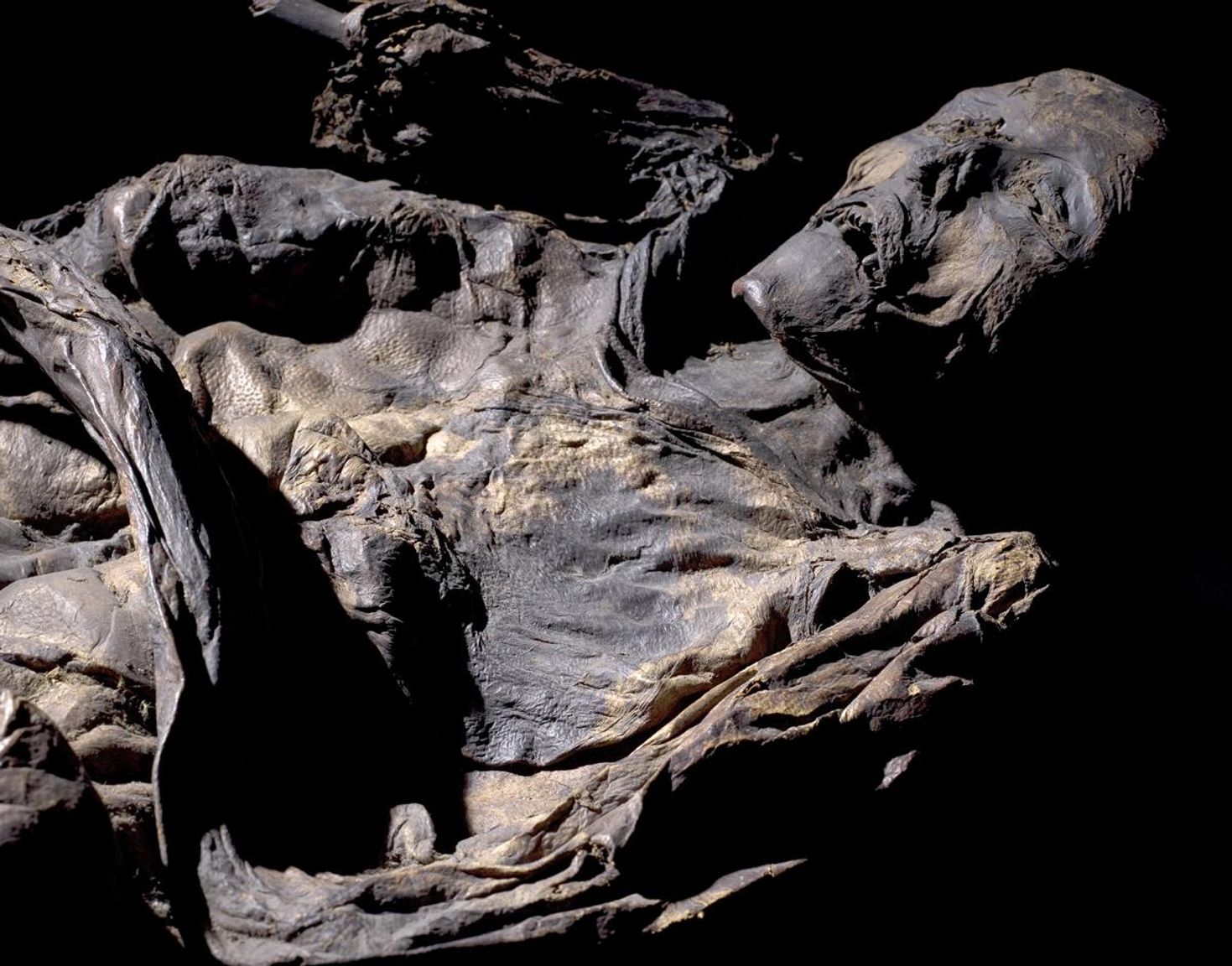
Image gallery
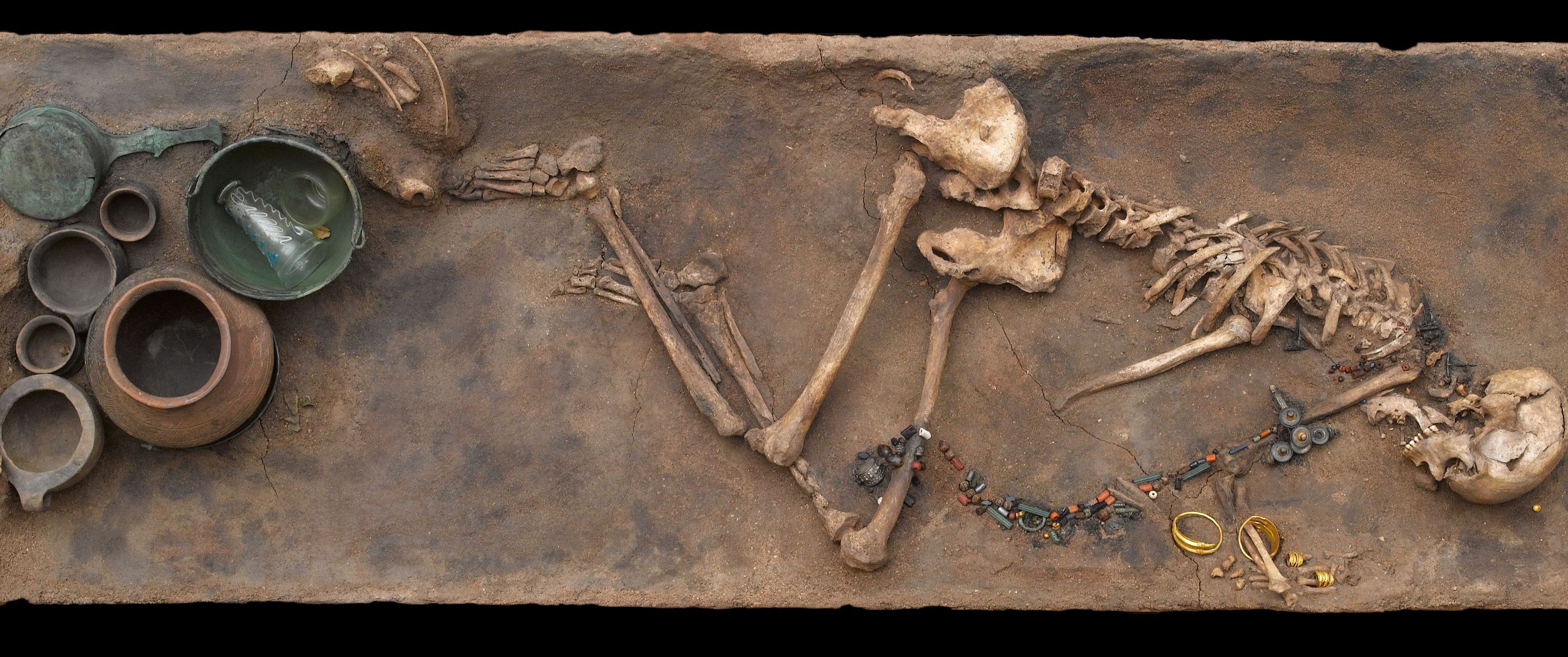
1 / 3
People from Stevns drank Roman natural wine
The Romans might have been crazy, but they were also fascinating. And when they were right in the backyard, it provided access to exotic and expensive items in the year 300 CE
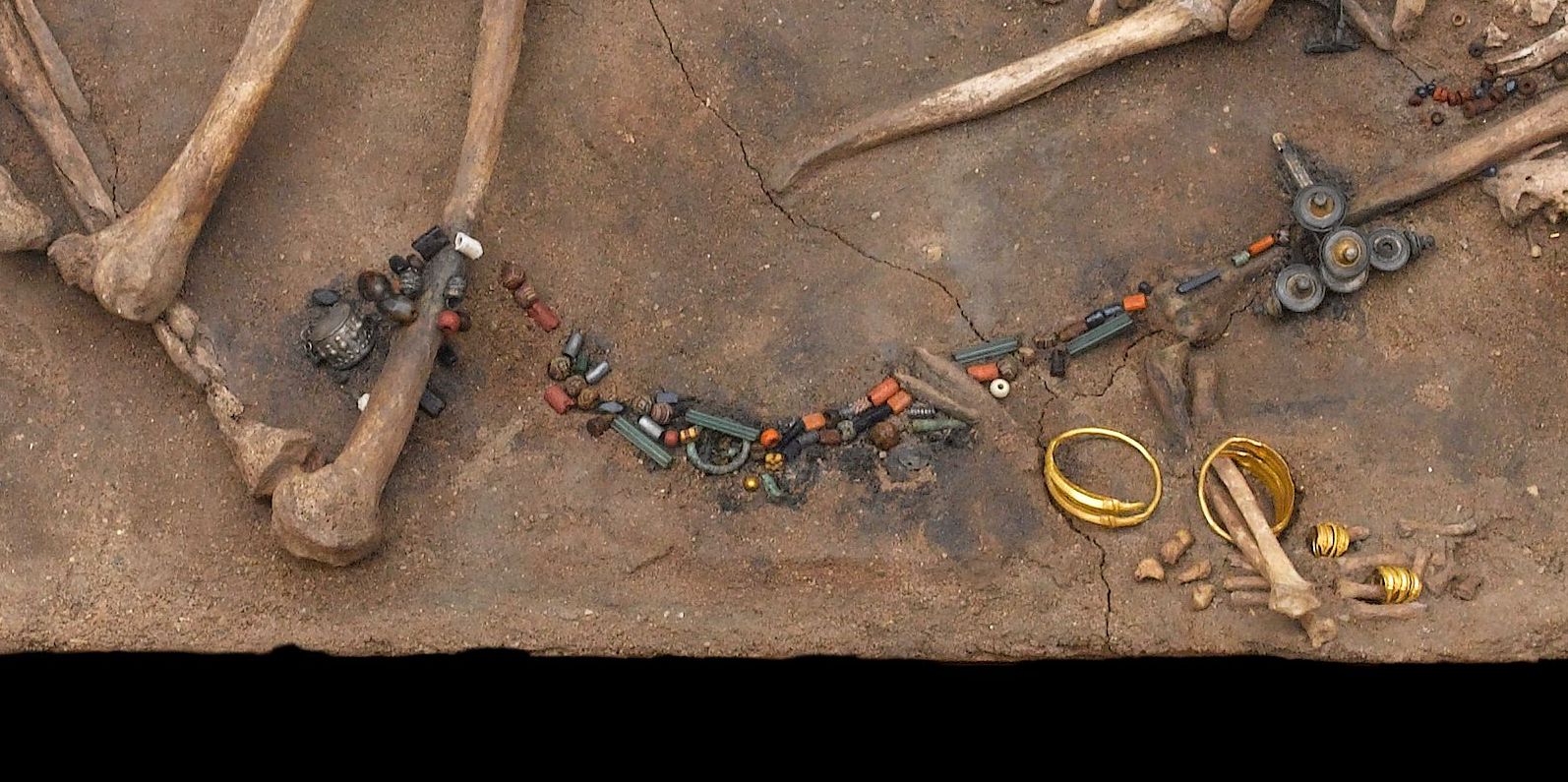
2 / 3
The woman with the gold rings and pearl necklaces
Her family probably held power. Perhaps they rented their soldiers to Roman field commanders, or they themselves defeated those armies and plundered their treasures of gold and pearls.
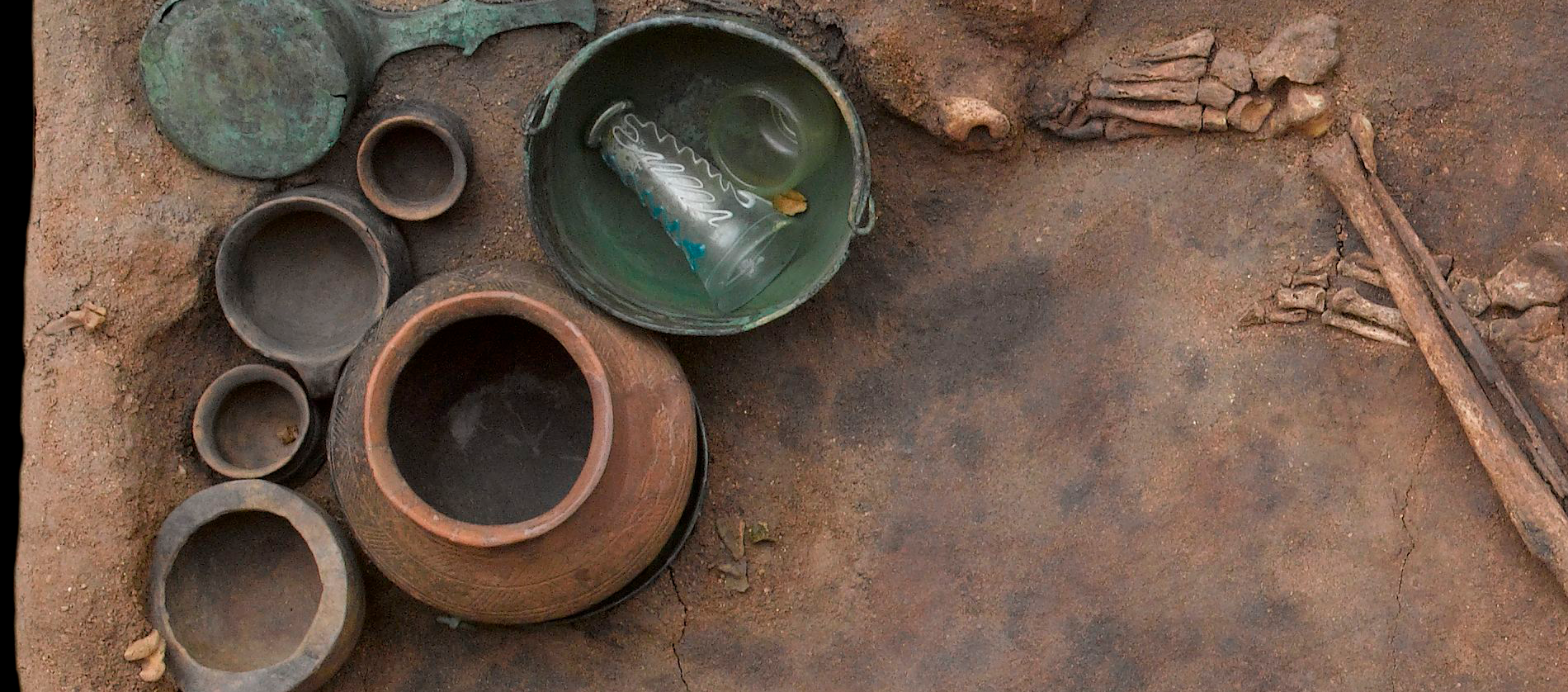
3 / 3
The craftsmanship and luxury of the Roman Empire reached far and wide
Powerful families have benefited from the presence and networks of the Roman Empire. This is evident in graves from the area, where wine sets, glass, and bead necklaces accompany them into the afterlife, and gold coins are used as admission tickets to the realm of the dead.
Closed today
Closed
Admission ticket

